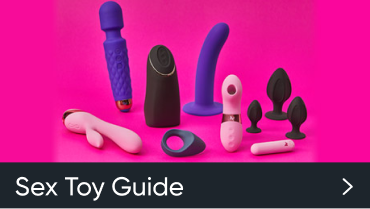Knowing that different levels of desire is an experience, not a pathology, knowing there is nothing biologically or psychologically wrong with someone with lower desire and believing that differences are not something to be fixed considerably reduces associated distress and increases ability to work through it, regardless of how big or small the difference is. To do that, three key things to consider is your awareness of why there’s a difference, knowing what you want or don’t want and finding other ways to connect.
1. Having awareness
How are you interpreting the experience of having differing levels of desire?
For instance, if your interpretation of misaligned desire is “we’re not right for each other”, “we’re sexually incompatible” or “I am broken” then it’s likely your breaks will be activated. A substantial amount of the distress of desire discrepancies arises out of feeling abnormal or being fearful this will be the demise of a relationship.
For an accurate interpretation, refer to your breaks and accelerators. How sensitive is your break and accelerator? What kind of week have you had? How much time have you been able to prioritise feeling close and connected? Have your accelerators had enough stimulation? Do you enjoy the kind of sex you’ve been having?
When you’re aware of what’s hitting your breaks, come up with a plan to deal with it. If the sex you’re having doesn’t feel pleasurable, what would feel better? If you’re dealing with lots of stress, explore coping strategies like physical activity, creative expression and affection to deal with the things you cannot change.
It’s also critical to be aware of and name any power dynamics. If your partner(s) is initiating sex and you notice they’ve just given you an ultimatum or recognise a consequence that makes it unsafe or difficult to say no, then that’s not practicing consent. If you’re in a safe and loving relationship, talk about how ultimatums take away choice and agency. This might sound like saying “I’m worried if I say no then you’ll be upset with me” or “how can I make it safer for you to tell me how you’re feeling or say no?”. We can’t remove power or privilege, but it’s our responsibility to try to mitigate it if we’re holding that power.
2. What do you want?
Ask yourself what might feel good? Think about what feels possible? What might you want? What doesn’t work for you? You may notice that part of you feels tired but another part wants to connect in a sensual and erotic way and need more time to respond sexually. You may not want to have routine sex, but feel like cuddling naked or using a sex toy to explore outercourse or mutual masturbation only if it doesn’t go further than that.
It’s possible to build responsive desire through intentionally prioritising all kinds of intimacy and doing things that feel pleasurable; spending time connecting with your accelerators might help you better decide what you do and don’t want.
We also need to be mindful of not violating our own consent. Notice when you say “I probably should just do it” or push yourself to have sex when you don’t want to. Nobody ever has to do something just because they’ve been invited or because society said it’s their job. Doing so will only hit your breaks, violate your consent, and turns sex into a stressful obligation – and that’s not ethical or pleasurable.
3. Finding connection
A no to sex doesn’t mean a no to connection. Sex is not a basic need. It is a great way to meet other needs, like the need for connection and pleasure, to be wanted and express and feel love. If you’re able to get curious and identify the underlying need that sex meets, communicate it early and explore your options to address it in other ways. This allows you to find the places where you overlap, shifting the pressure and entitlement away from a specific kind of partnered sex.
For example, if you want sex because it allows you to feel desired or have pleasure, how else can your partners help you have those things? How can you do that on your own? Through kind words or sexy texts? Through sensual rather than sexual touch?














